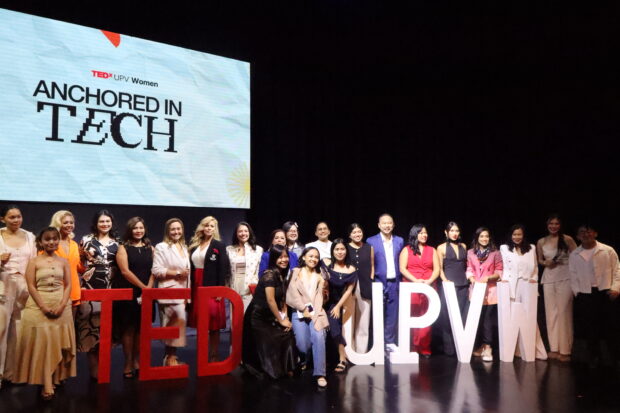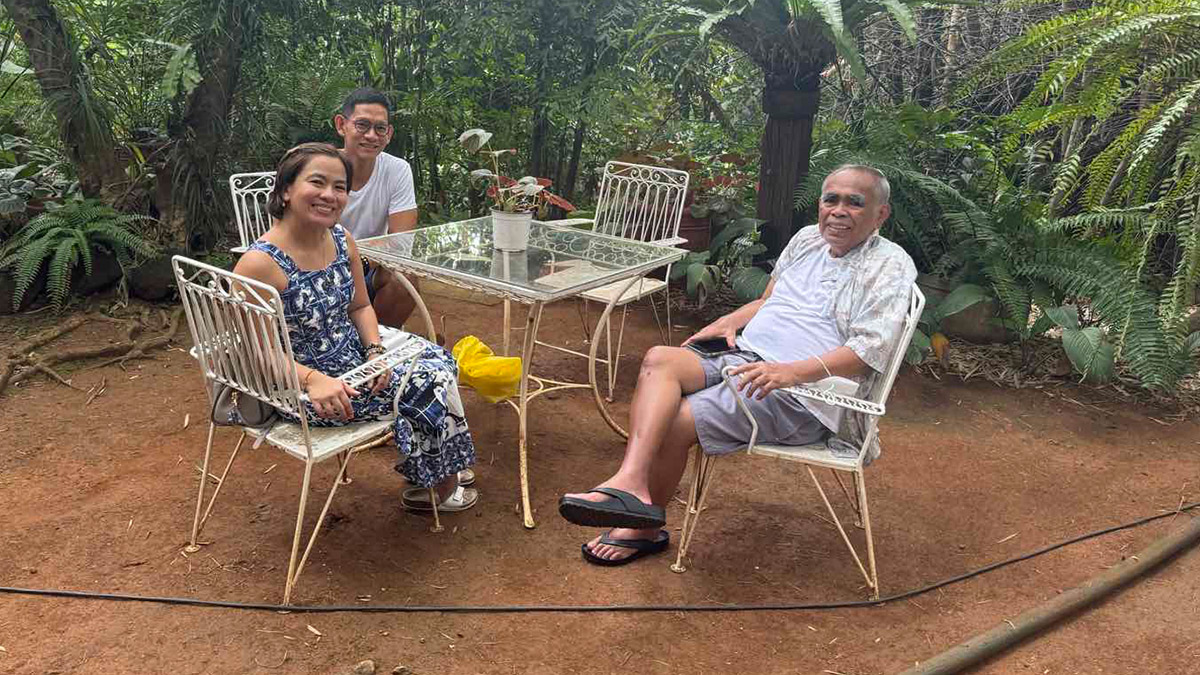In the book “Tikim” (Anvil Publishing, 1994), Doreen Gamboa Fernandez wrote that in Guinhalaran, Negros Occidental, bagoong made from tiny fish or shrimps are mashed in salt—right in the fishermen’s banca and left to ferment there.
There are many kinds of bagoong made from fish or shrimps or krill (alamang) fermented into a paste. These are called by different names such as guinamos in Cebuano, buggoong in Ilocano, bagong in Itawis (language similar to Ivatan and Ilocano).
Nora Daza attributed her Kuhol Bicol recipe to Cely Kalaw. Daza said the snail dish was best cooked with dinailan, the solid Bicol bagoong that is usually wrapped in banana leaf, then broiled and eaten for breakfast.
These are just two stories of bagoong, and if you have your own story or research, you might want to write about it by joining the Doreen Gamboa Fernandez Food (DGF) Writing Award 2017.
Entries should be in essay form consisting of 800 words. Every contestant is allowed two entries. Each entry must have a pen name. A contestant must submit another file with his/her real name, home address, e-mail address and contact number.
E-mail to [email protected]. Deadline is Nov. 15.
Vinegar nation
Last year, the subject of the DGF Awards was suka (vinegar), the country’s main source of sourness, a dominant flavor in local cuisine.
Elmer Nocheseda won the top prize for “The Suka in Us.” His winning essay should serve as a model to aspiring writers who want to join the competition. While writing style counts, equally important is the research. Nocheseda cited writings by friars on the condiment as far back as the 16th century.
He likewise meticulously enumerated viands cooked with suka by region and their respective names. For example, innards cooked with suka are called serkele in Baliuag, Bulacan, binagis in Pangasinan and bingdonggadas in Antique.
Nocheseda’s 2013 book, “Pateros,” is about his hometown known for ducks and balut.
Angelo Fuentes Comsti’s first-time DGF entry, “Leaving a Sour Taste in the Mouth,” won second prize. It was about Eddie Marcelino who harvests the sap from sasa (nipa palm trees), and ferments this to become sukang sasa.
The method was fully explained, including the tools of Marcelino’s trade, but the more important message is that this man continues the now vanishing tradition of vinegar-making. Although the trade has enabled him to send his children to school, none of them, according to the essay, is interested in it.
Comsti, editor in chief of F&B Report, is author of four cookbooks. He’s a graduate of Le Cordon Bleu in Sydney, Australia.
Also a first-timer was Titchie Carandang Tiongson, whose entry, “A Feature in my Culinary Landscape,” won honorable mention.
The research work of Tiongson, who works and lives with her family in Fairfax, Virginia, included the earliest reference to Filipino vinegar in the United States: “Among the agricultural products listed [in the 1904 St. Louis Exposition Catalog of Official Philippine Exhibits] were sugarcane vinegar (Pampanga, Ilocos Norte), palm vinegar (Bataan, Pampanga, Bulacan, Negros Occidental, Tayabas, Laguna), pepper with vinegar (Pampanga), vinegar from eba fruit (Samar) and condensed vinegar (Ilocos Norte).”
‘Adobo’ and ‘suka’
It is adobo and the various ways to do it that occupy Titchie’s cooking and research. She is a freelance writer and co-founder and co-creator with her husband, Erwin, of the Philippines on the Potomac Project, in which they document landmarks of Philippine history and culture in Washington, DC.
Lolita Lacuesta’s “Suka in Philippine Cooking” was also named honorable mention. “Cooking with suka has its own parameters,” she wrote. “We want the acidity without the sourness.”
For many good cooks, it is how that sourness is tempered that makes for a good adobo or paksiw. Lacuesta delves into suggestions from cookbooks and teachers who warn about stirring while the vinegared dish is cooking, who tell the cook not to cover the pot before the mixture boils, to make sure that the vinegar is cooked before putting in the ingredients.
A lot of experienced cooks may pooh-pooh the idea, but Lacuesta mentions that Amy Besa, co-author of “Memories of Philippine Kitchens: Stories and Recipes from Far and Near” (2012, 2nd ed.), said she once ignored the customary wisdom but learned to heed it.
Lacuesta, a retired teacher, lives in Davao. She edited the anthology “The Davao We Know,” which won the National Book Award in 2012.
E-mail [email protected]











































